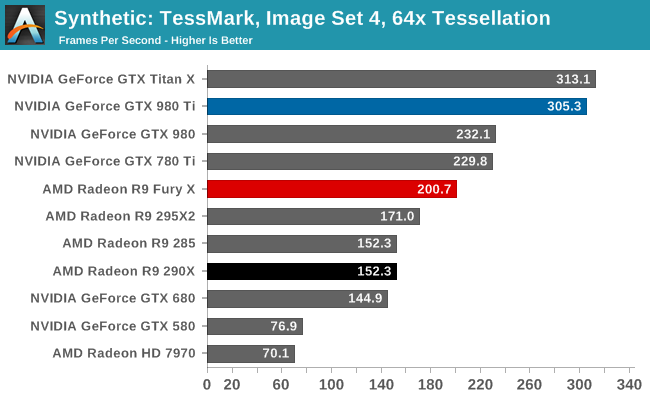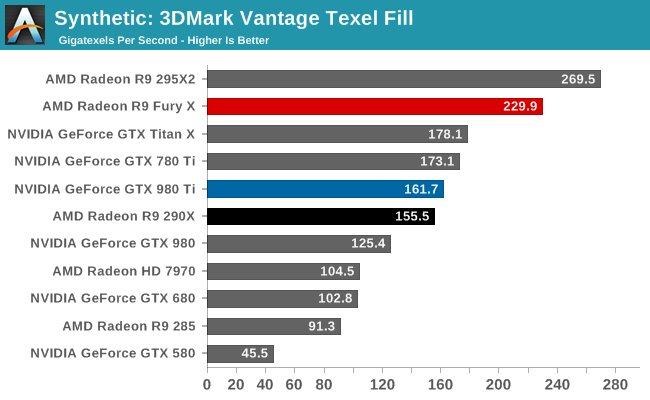As has been said, it is all irrelevant until at the moment.
Also haven't we had several versions of that chart, from different websites all saying different things. I get the feeling that these sites are not exactly sure who does actually support what, not that it matters anyway.
Also haven't we had several versions of that chart, from different websites all saying different things. I get the feeling that these sites are not exactly sure who does actually support what, not that it matters anyway.






